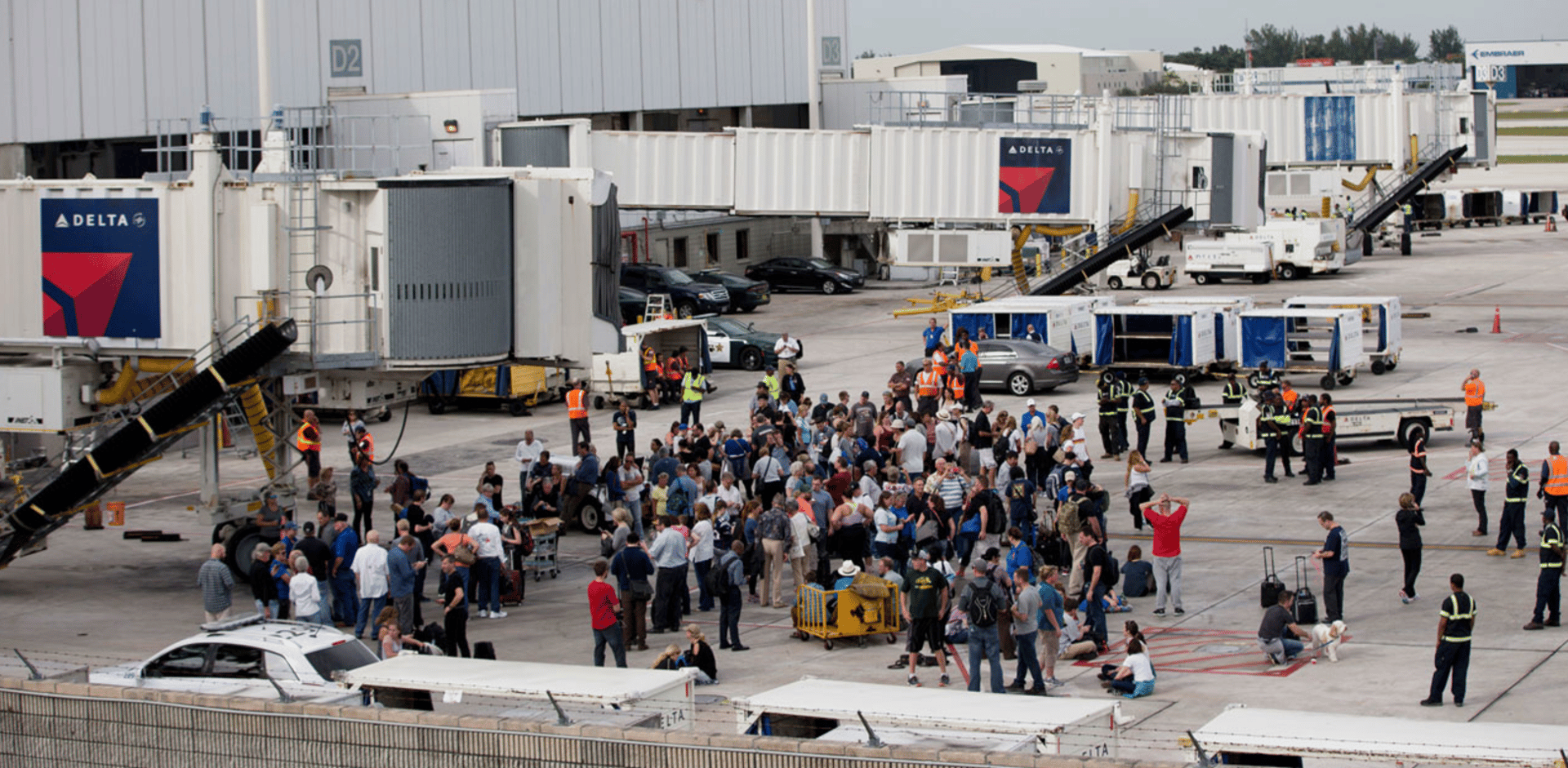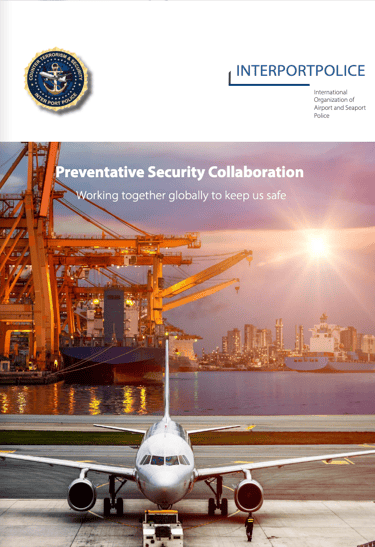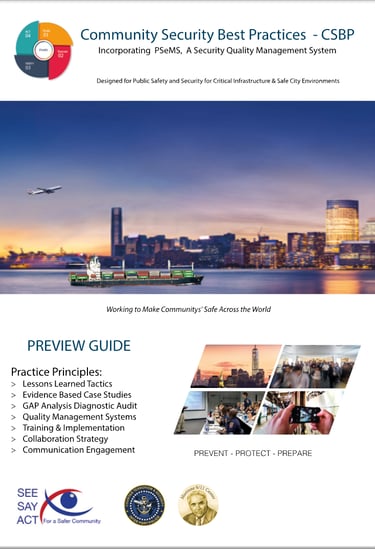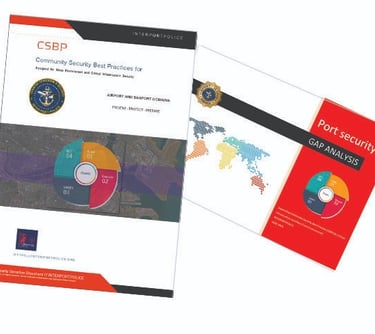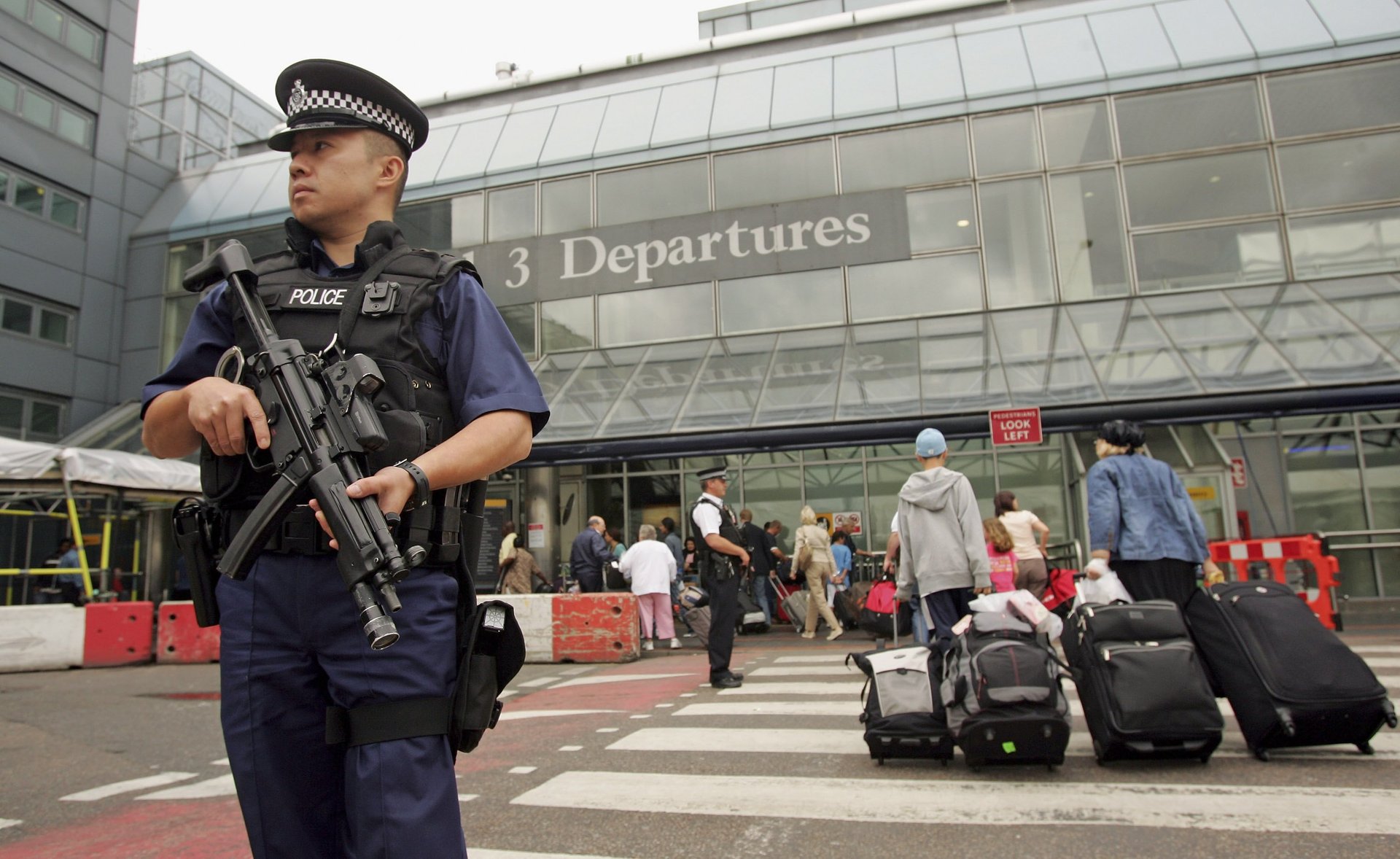
Standards, Practices, Assessments & Training
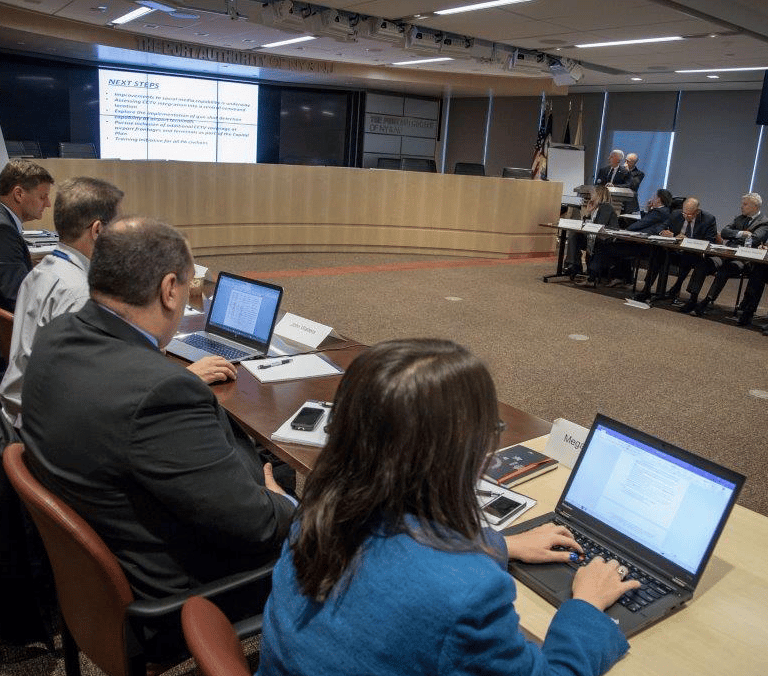


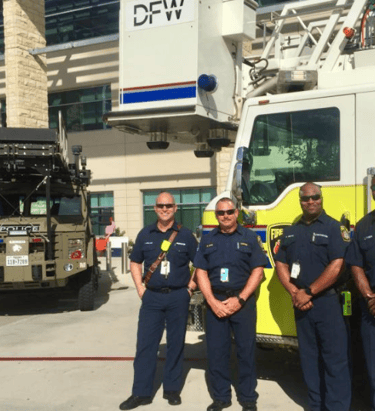



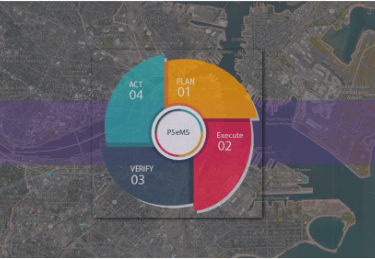


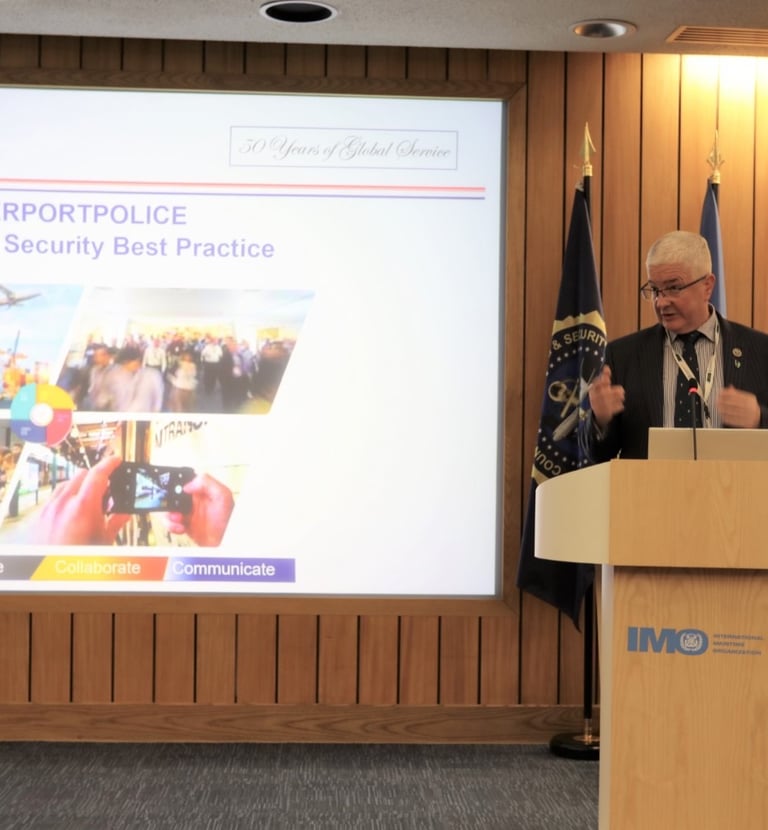

We have learned that protecting an environment that has mass amounts of people at any one time or is a critical infrastructure requires practises that have been proven effective. Then, when a situation moves from operational to a crisis, it's imperative the situation needs to be well-trained and have procedures in place that are controlled and managed in a manner that is beneficial to public safety and expediency of bringing an incident under control.
To make our transportation security systems and critical infrastructure as safe as possible, it is important to bring to the table best practices based on lessons learned, review each incident, and place those actions against the practices to see if they can be improved.
Protecting a Security Community
What's Included: Operational Procedures, Preventative Tactics, and Port Protective System Managment Systems
About & Practice Guide, click on picture for the linked brochure
